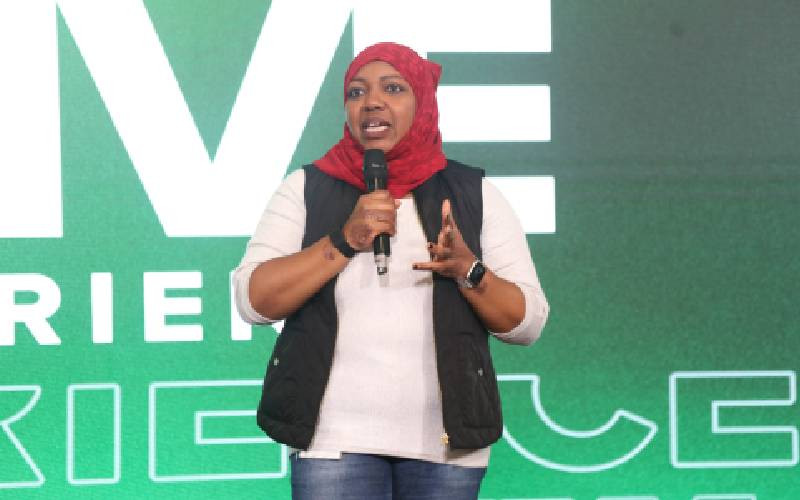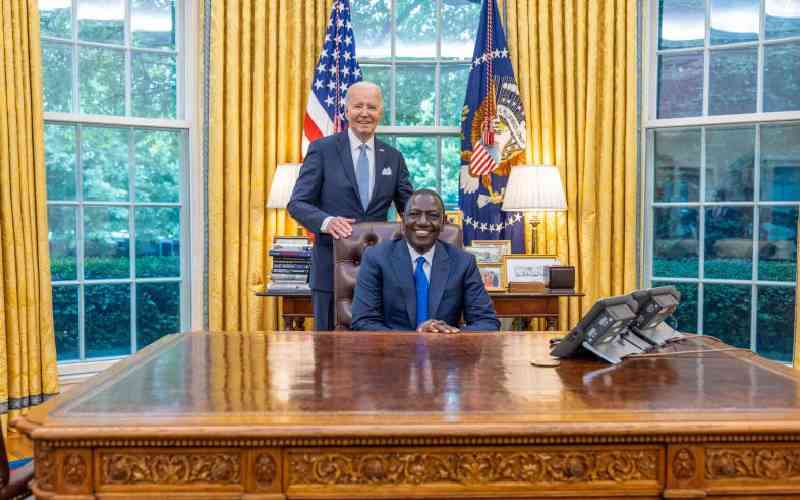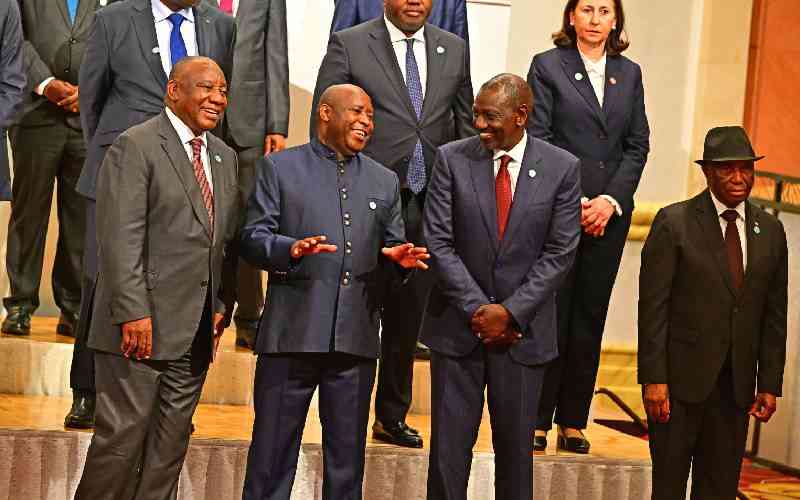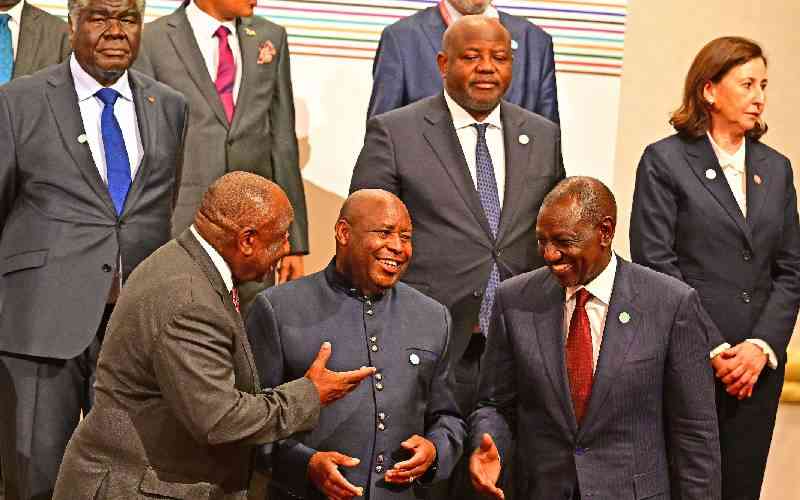
On the dusty streets of many Kenyan towns, scenes of animal suffering are so common they almost go unnoticed.
Stray dogs are stoned by children or left to waste away in alleys. Donkeys, often skeletal, stagger under impossible loads as their owners strike them to keep moving.
In bullfighting arenas, cheering crowds watch as bulls are forced into bloody combat in the name of tradition. Elsewhere, camels are paraded for entertainment, while cats and birds scavenge desperately in hostile environments.
To many, this is ordinary life. Cruelty towards animals is normalised, hidden in plain sight behind cultural practices, economic hardship, and indifference. Yet beneath this lies a deeper issue—Kenya has long lacked strong awareness of animal welfare.
But quietly, in classrooms across the country, a new generation is being taught to see animals differently: not as tools, pests, or entertainment, but as living beings deserving of compassion.
This quiet revolution is taking root in Kenya's primary schools, where teachers are emerging as unlikely champions of animal welfare, transforming young minds one classroom at a time.
The Africa Network for Animal Welfare (ANAW) has introduced an innovative programme that trains primary school teachers—who serve as patrons of Animal Welfare Clubs—to mentor pupils on compassion, empathy, and responsible care for animals.
At Lower Kihara Primary School in Kiambu County, Teacher Vincent Makaya watches as his pupils carefully tend to the school rabbits, their faces lighting up with genuine care and concern for the small creatures in their charge.
“When pupils care for animals, they begin to understand empathy, responsibility, and respect for life,” explains Makaya.
“We’ve seen children grow in confidence and emotional intelligence just by feeding and interacting with school rabbits. Children are curious. When you allow them to care for animals, it shapes how they treat people, too.”
His school is among dozens adopting hands-on learning approaches to teach about animal needs and welfare. Activities include building shelters, setting feeding routines, and understanding the Five Freedoms—a globally accepted framework for ensuring animal well-being that encompasses freedom from hunger, discomfort, pain, injury, disease, and the freedom to express normal behaviour.
The ANAW programme, launched in 2013 with just 13 schools, has grown remarkably.
Today, 57 Animal Welfare Clubs operate in primary schools across Nairobi, Kajiado, Machakos, Kiambu, and areas near Tsavo East National Park. Since its inception, more than 15,750 pupils have graduated from the programme.
Dr Brenda Oliwa Okumu, researcher and coordinator of the Africa Conservation Education Fund (ACEF) at ANAW, explains the strategic focus on young learners.
“Children are very malleable. Once you teach them, you have shaped them for the future. We chose young children in primary school because they are literate and impressionable. That information stays with them as they grow, and they become ambassadors of animal welfare,” she says.
A recent ANAW study involving 959 participants across 20 schools has begun quantifying the programme’s effectiveness.
Findings show that students in intervention schools demonstrated knowledge of animal welfare principles that their counterparts in control schools completely lacked.
“Most of the students showed positive attitudes toward animals and often interacted with birds, dogs, and cats,” Dr Oliwa notes. “They also indicated that dogs were the most mistreated animals”—a finding that reflects the harsh reality many domestic animals face in Kenyan communities.
Stay informed. Subscribe to our newsletter
The research measured three areas: behaviour toward pet ownership, knowledge of welfare issues, and ability to share information with others.
For Eunice Robai, Education and Awareness Manager at ANAW, the findings go beyond statistics.
“This is a big win. It shows that children are powerful agents of change when it comes to animal welfare,” she says.
“While adults may face resistance or require more time to unlearn and relearn behaviours, children absorb lessons quickly—and more importantly, act on them.”
Indeed, the programme’s impact is spreading beyond school gates. Children have been rescuing injured dogs, advocating for better treatment of donkeys, and even teaching their parents about humane animal care.
“This ripple effect from the classroom to the community affirms that investing in animal welfare education for the young is one of the most effective and sustainable ways to shift attitudes and behaviours for generations to come,” notes Robai.
Experts say animal welfare is also tied to human health.
“Diseases that spread from animals to humans—zoonoses—are a direct consequence of neglecting animal health,” notes Dr Evelyne Wemali, a Conservation Education expert at Kenyatta University.
“When we don’t care for animals, we put ourselves and our communities at risk.”
The COVID-19 pandemic underscored this reality, showing how animal welfare is intertwined with human well-being.
Despite the success, challenges remain: limited resources, lack of exposure to live animals, and entrenched cultural attitudes.
“Some learners have never seen a real goat or elephant—only photos,” notes Teacher Makaya.
And in communities where animal mistreatment is normalised, change is slow.
Still, the movement is gaining ground. Dr George Njagi of Wildlife Clubs of Kenya calls for collaboration:
“Animal welfare clubs and wildlife clubs should not be competing. They should be working together.”
Ultimately, the vision is clear. As Dr Oliwa sums it up:
“We want a generation that shows kindness towards animals. If we can instill that in children today, we secure a more compassionate future—for both animals and people.”







